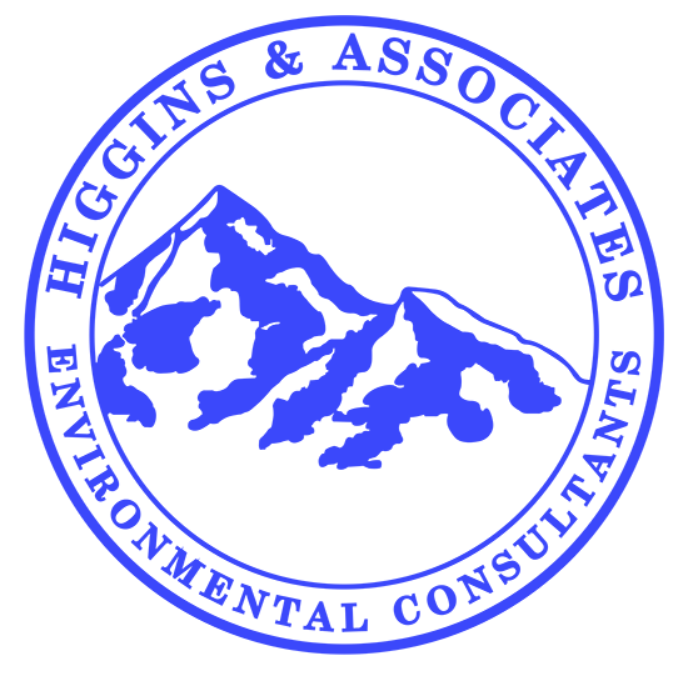The latest American Society for Heating Refrigeration and Air Conditioning Engineers (ASHRAE) COVID-19 Epidemic Task Force Core recommendations for Reducing Airborne Infectious Aerosol Exposure have recently been released.[1] They state that “within limits, ventilation, filtration and air cleaners can be deployed flexibly to achieve exposure reduction goals.” The Task Force states that subject to constraints like comfort, energy use, and cost, these goals are achievable by setting certain targets.[1]
Some of these ventilation, filtration, and air cleaning goals also tie to state and local building codes that set minimum outdoor airflow rates for building ventilation.[2] Merging outdoor airflow rates in combination with building and portable air filtration rates that achieve MERV 13 or better for air recirculated by HVAC systems will provide desired indoor exposure reduction.[2] These filtration rates should be checked periodically by testing the airflow rates and measuring the filter static pressure differential against the maximum operating resistance set by the filter manufacturer. Portable air cleaners for which efficacy evidence is clear can be used in combination with the building HVAC systems when properly set up.
Some of these ventilation, filtration, and air cleaning goals also tie to state and local building codes that set minimum outdoor airflow rates for building ventilation.[2] Merging outdoor airflow rates in combination with building and portable air filtration rates that achieve MERV 13 or better for air recirculated by HVAC systems will provide desired indoor exposure reduction.[2] These filtration rates should be checked periodically by testing the airflow rates and measuring the filter static pressure differential against the maximum operating resistance set by the filter manufacturer. Portable air cleaners for which efficacy evidence is clear can be used in combination with the building HVAC systems when properly set up.
How do you know if your efforts are working?
Other factors to consider:
Placement of supply registers and room exhausts are not the only influences in controlling airborne transmission of viruses. Transmission of viruses via airborne routes may be affected by ambient humidity, which affects not only the virus’ stability but also respiratory droplet size, as water content evaporates.[3] Another environmental factor that may influence viral transmissibility is precipitation.[3] Though relatively few data exist, airflow (the speed of air currents flowing through indoor spaces) and ventilation (the degree of mixing between indoor and outdoor air) seem to play a role in respiratory virus infectivity and transmission.[3] Airflow visualization analysis can locate undesired airflow patterns, visualize turbulence, obstructions, potential sources of contamination, to ensure proper airflow.[6]




